
🔗 www.theguardian.com/world/2025/n....
A #volcano in #Ethiopia has erupted for the first time in nearly 12,000 years, sending thick plumes of smoke up to 9 miles (14km) into the sky, and across the Red Sea toward #Yemen and #Oman.

🔗 www.theguardian.com/world/2025/n....
A #volcano in #Ethiopia has erupted for the first time in nearly 12,000 years, sending thick plumes of smoke up to 9 miles (14km) into the sky, and across the Red Sea toward #Yemen and #Oman.
🔗 substack.com/home/post/p-...

🔗 substack.com/home/post/p-...
🔗 phys.org/news/2025-10...

🔗 phys.org/news/2025-10...

🔗 www.science.org/doi/10.1126/...

🔗 www.science.org/doi/10.1126/...
🔗 www.nature.com/articles/s41...

🔗 www.nature.com/articles/s41...
🔗 doi.org/10.1073/pnas...

🔗 doi.org/10.1073/pnas...

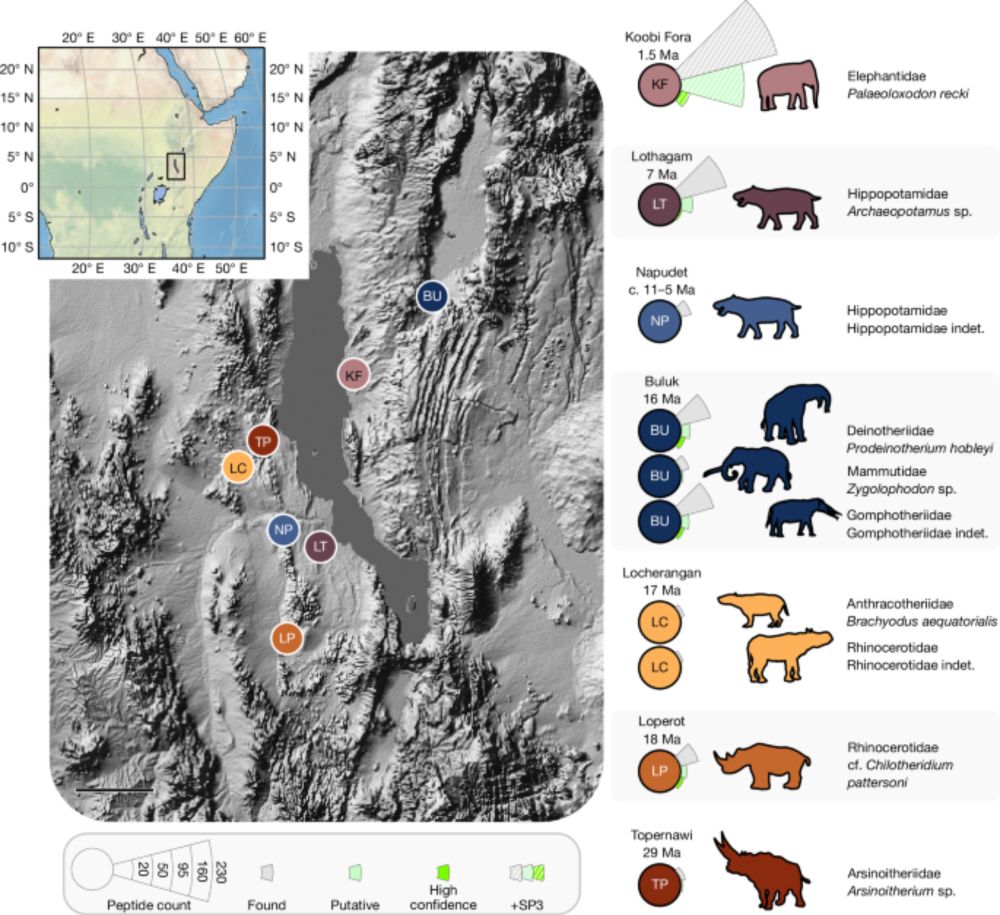
🔗 ow.ly/MJEz50VvMGU

🔗 ow.ly/MJEz50VvMGU
www.sciencedirect.com/science/arti...
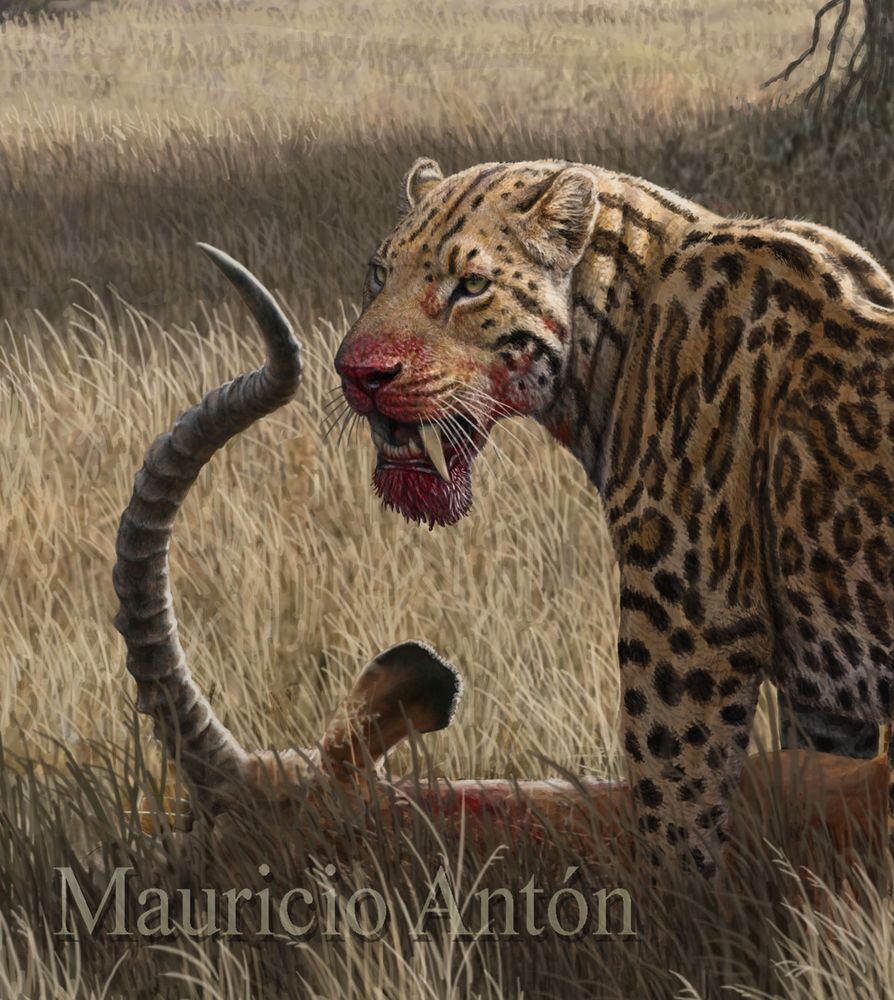

www.sciencedirect.com/science/arti...
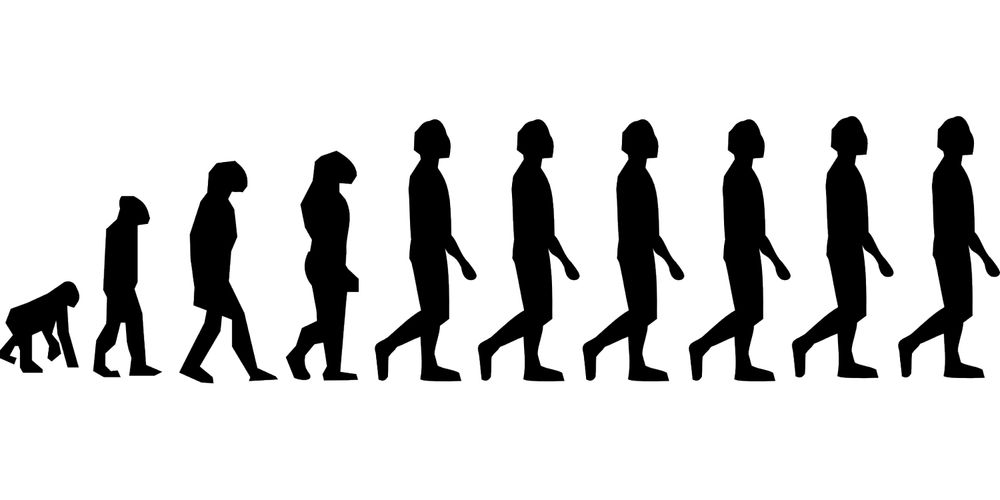
@commsbio.bsky.social
We show how Sr is recorded in teeth and how we use such records to help reconstruct migration. @kevinuno.bsky.social @kpodkovyroff.bsky.social www.nature.com/articles/s42...
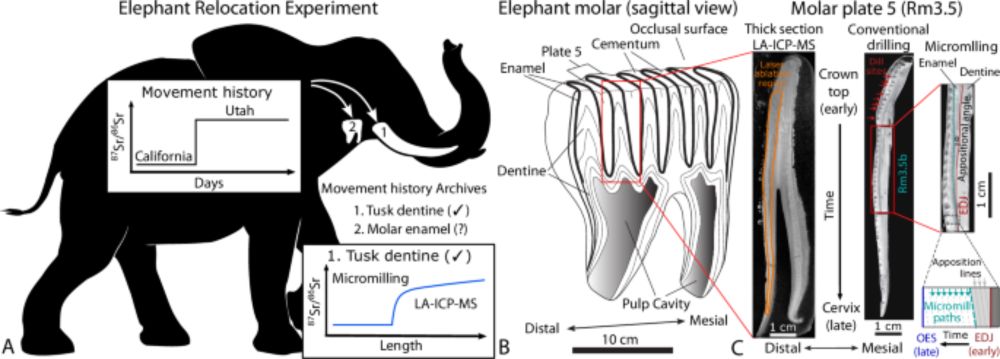
@commsbio.bsky.social
We show how Sr is recorded in teeth and how we use such records to help reconstruct migration. @kevinuno.bsky.social @kpodkovyroff.bsky.social www.nature.com/articles/s42...
paleoanthropology.org/ojs/index.ph...
🏺🧪🦣
#paleoanthropology

paleoanthropology.org/ojs/index.ph...
🏺🧪🦣
#paleoanthropology
Curran et al.
www.nature.com/articles/s41...

Curran et al.
www.nature.com/articles/s41...
🔗 news.asu.edu/20241107-hea...
🔗 news.asu.edu/20241107-hea...
www.sciencedirect.com/science/arti...

www.sciencedirect.com/science/arti...
'Extensive locomotor versatility across a global sample of hunter–gatherer societies'
doi.org/10.1098/rspb...
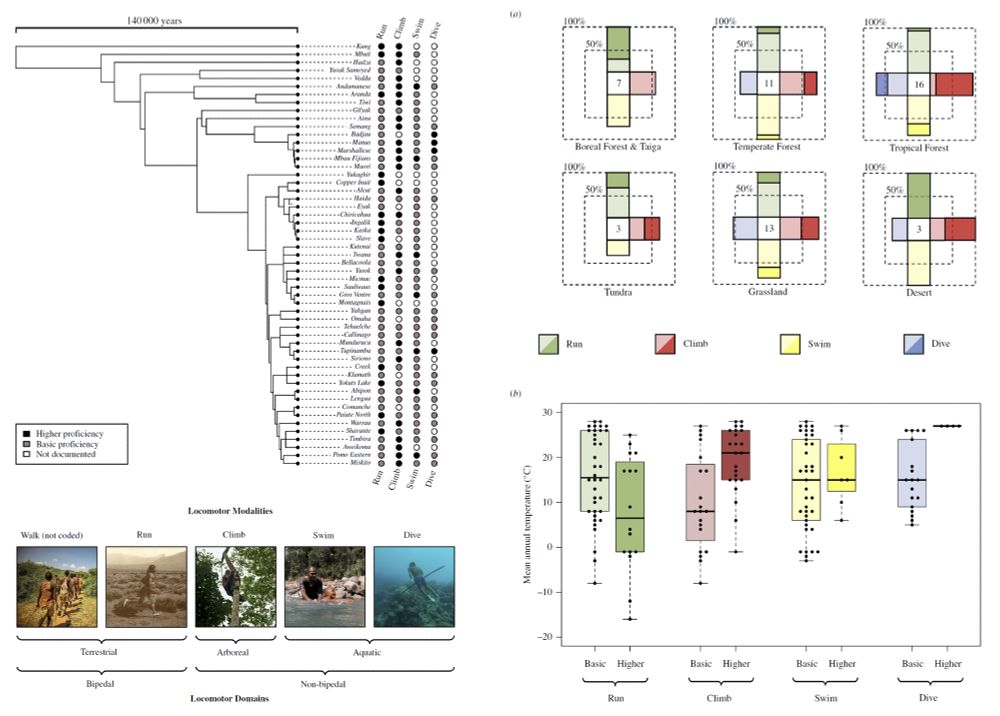
'Extensive locomotor versatility across a global sample of hunter–gatherer societies'
doi.org/10.1098/rspb...
🔗 www.science.org/content/arti...

🔗 www.science.org/content/arti...
🔗 www.science.org/doi/10.1126/...

🔗 www.science.org/doi/10.1126/...
🔗 www.pnas.org/doi/10.1073/...

🔗 www.pnas.org/doi/10.1073/...



